Considered to be one of the top five most authentic Japanese gardens located outside of Japan, the Nitobe Memorial Garden at the University of British Columbia in Vancouver incorporates every shade of green imaginable. The garden is full of moss, ferns growing in water, and sunlight streaming through maple leaves overhead. Come and join me on my tour of this peaceful place.
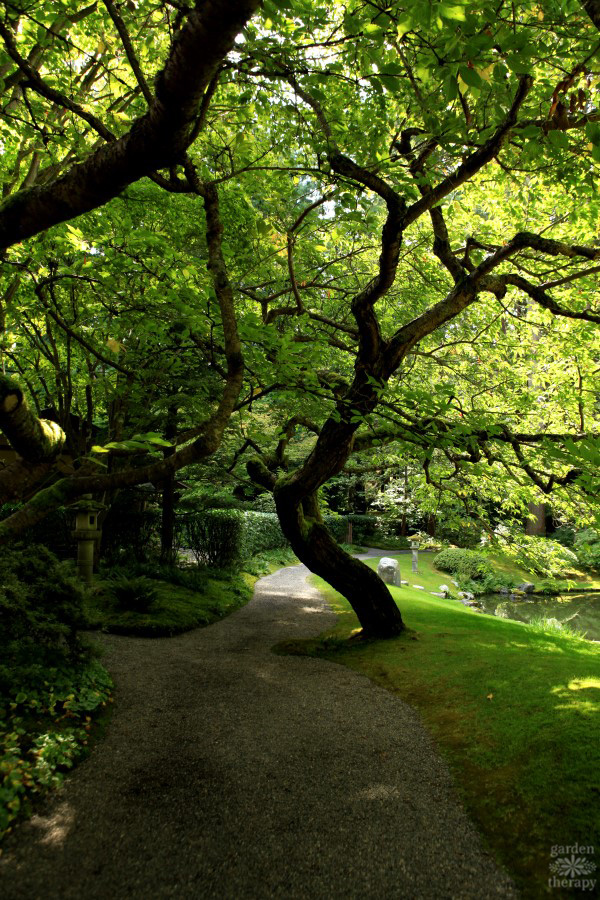
Dr. Inazo Nitobe was an influential scholar who devoted his work to promoting relations between the United States and Japan, and was one of the first Japanese people to study at an American university. The garden was created as a memorial to Dr. Nitobe and the bridge he strove to create between Japanese and North American culture.
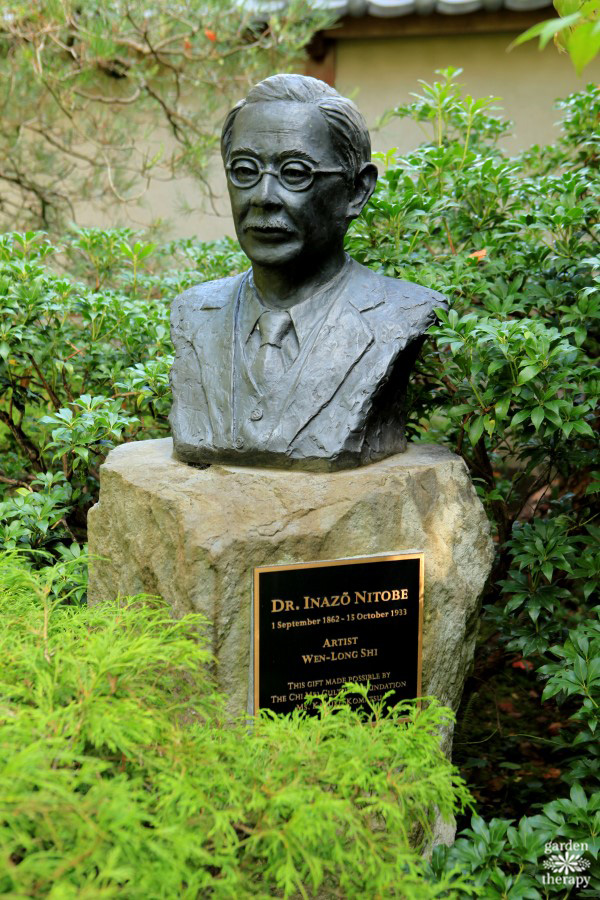
This bridge between cultures is partially represented in the plants chosen for the garden, including many native plants, as well as irises, azaleas, and cherry trees from Japan.
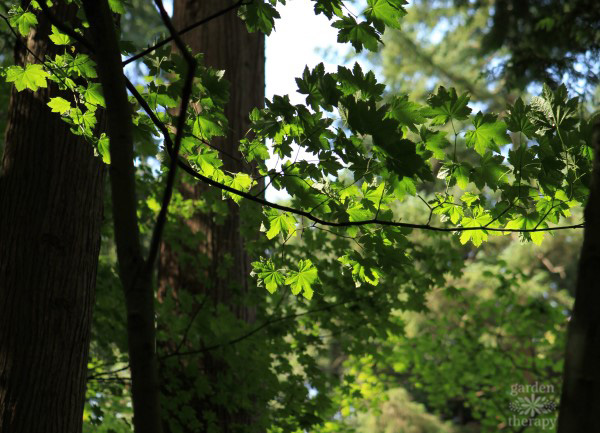
Sunlight streams through the maples, creating dappled light on the mossy ground.
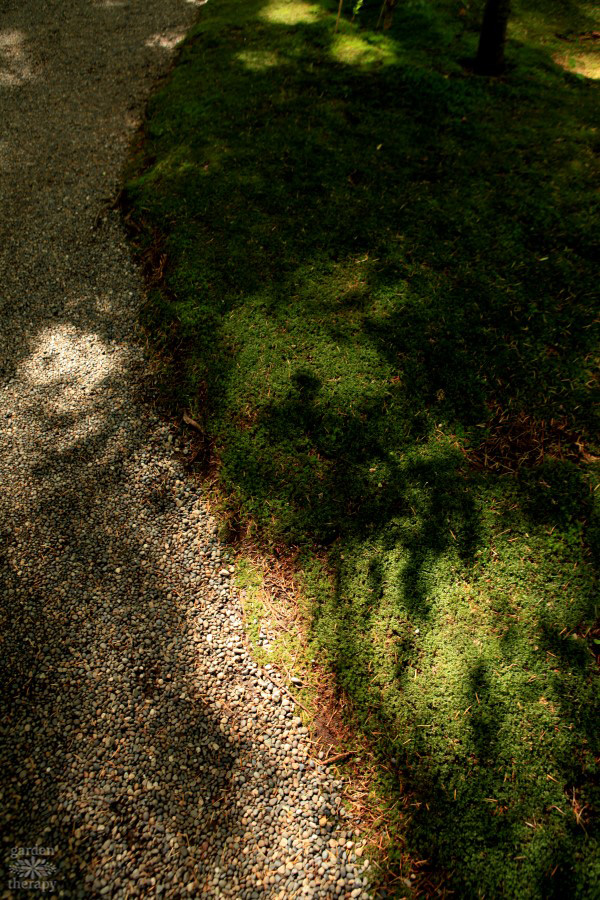
The garden has a beginning and an end with multiple paths to choose from in between, representative of moving through time. The winding pathways and structured bridges create a sense of movement and progress as you make your way through the space.
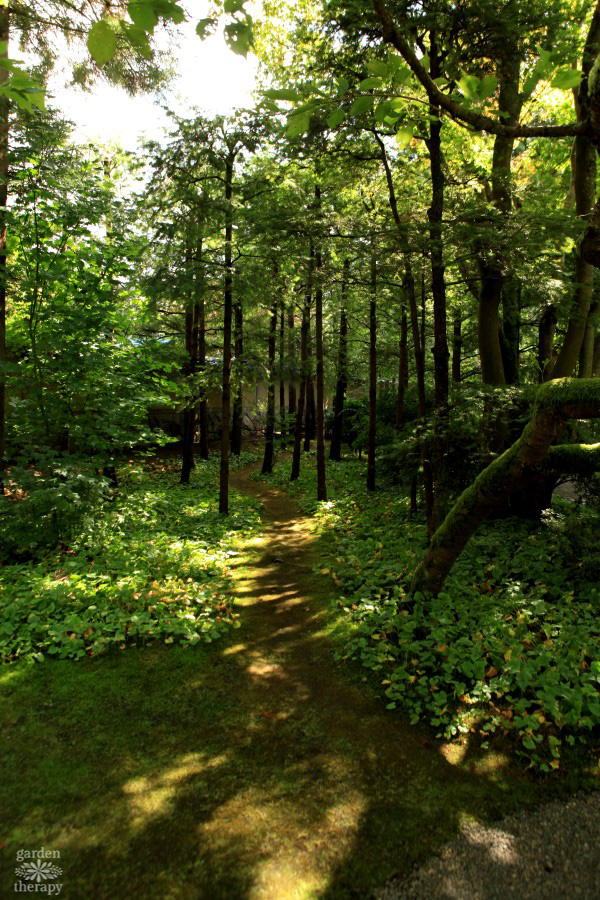
The zig-zag bridge represents a crossing that keeps evil out. In Japanese folklore, evil spirits can only travel in a straight line, so they would be unable to cross a bridge like this.
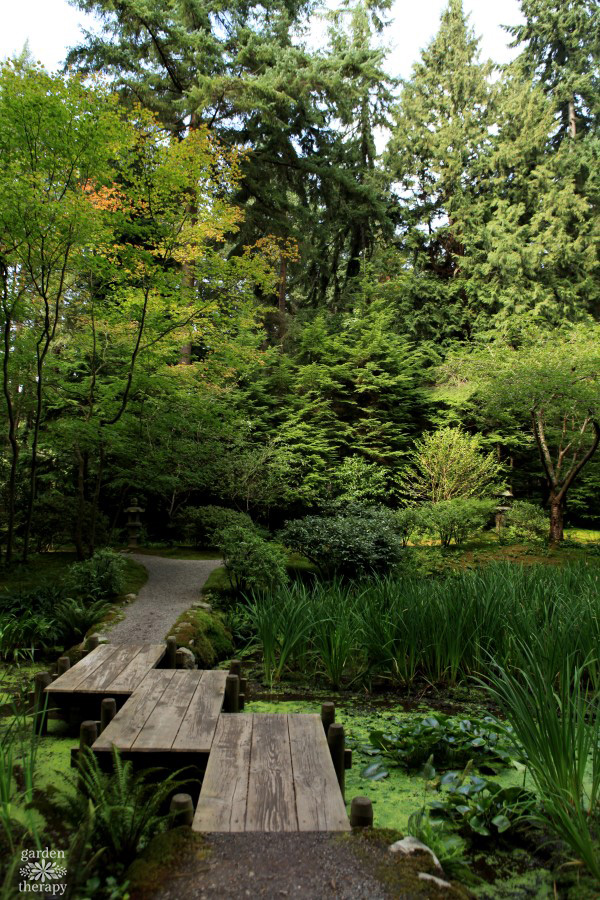
Moving through the garden feels like a walking meditation. The entire space is perfect for mindfulness and deep contemplation, and the theme of reflection is made tangible by the literal reflection of the pond.

While much of the pond is clean and reflective, there are also plenty of plants growing in the water. This quiet pond is teeming with life around the edges.
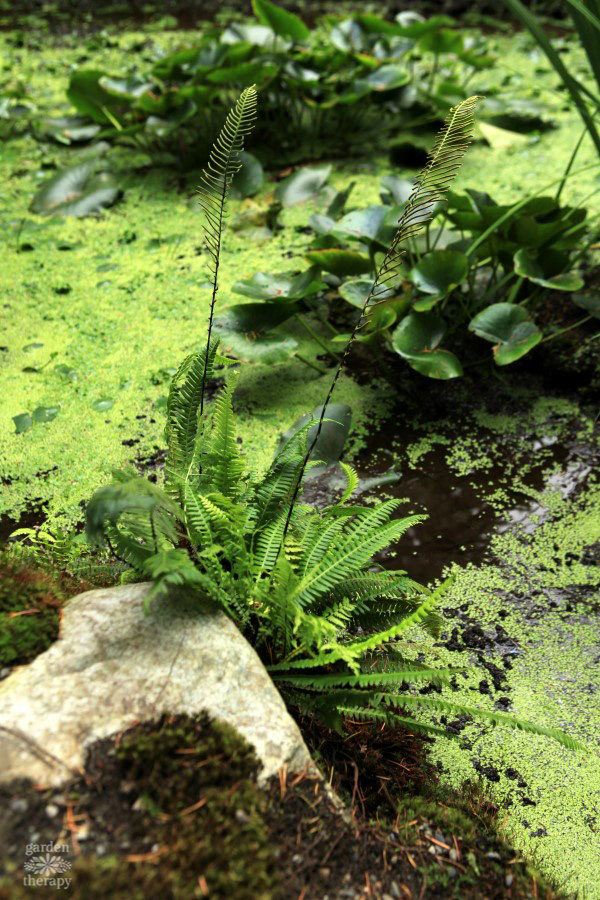
Greens of every shade decorate the garden, while the varied textures of stone, moss, and water create contrast and interest everywhere you look.
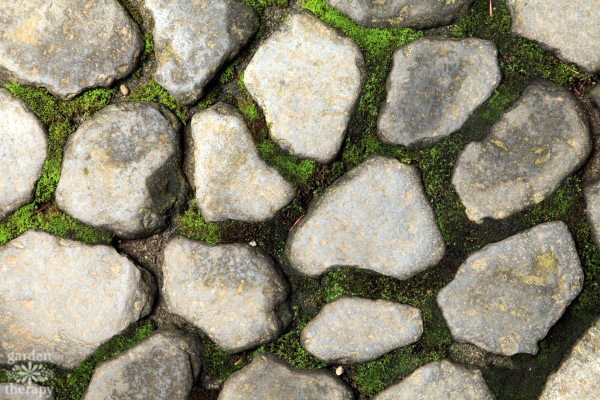
Even the gardeners seem to be practicing mindfulness! I saw them working away with just a bucket and a rake. This simple, peaceful gardening technique contributes to the quiet, meditative feel of the space.
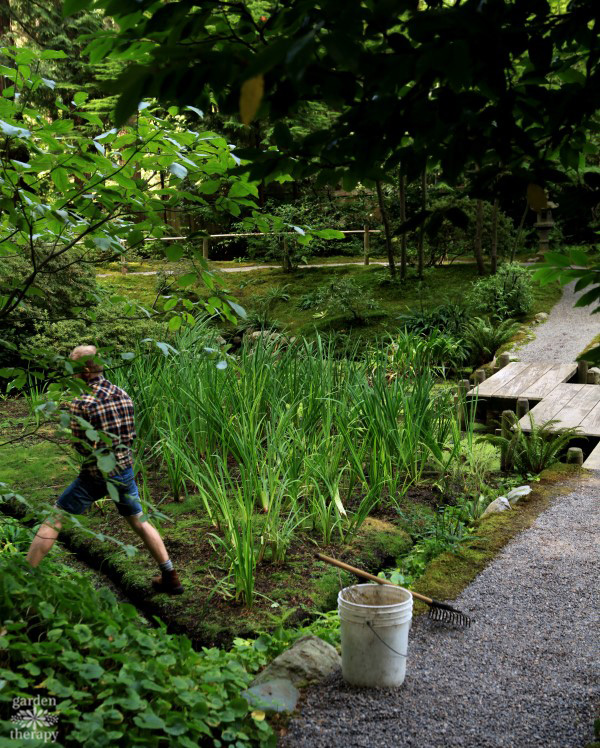
The garden includes a traditional tea house with its own garden. Benches throughout the garden are intentionally made to seat five people—the customary number of attendants at a Japanese tea ceremony (including the host). These benches are usually occupied by students of the university who are looking for a quiet place to retreat from the bustle of the rest of the campus.
Stone lanterns were originally put in Japanese gardens to light the way to the tea house because tea ceremonies usually take place in the evening. There are several ornate stone lanterns placed around the Nitobe garden. The decorative structures do not stand apart from the natural beauty of the garden, but blend with it as moss grows over the lanterns to make them even more interesting.

My walk through the Nitobe garden and tea house was a good reminder of the power of slowing down to reflect and meditate. I felt wonderfully refreshed afterward. Even if you can’t visit this particular garden, I hope this post encourages you to take a few minutes to yourself to mindfully walk through a green space or just stop to sip a cup of tea and recharge.
More garden tours:




Japanese gardens are great! Thanks for the virtual walk through the Nitobe Garden. I have yet to visit it, but my wife who is Japanese, has been there several times.
Butchart Gardens here in Victoria also has a very nice Japanese Garden, but it is sometimes hard to enjoy fully as it can be quite crowded unless you pick the quieter times such as a weekday morning just after they open.
Definitely going to try to add some Japanese influences and touches to my garden to make it more tranquil!
Thanks for the tutorial on Kokedama. Our garden club in central Missouri plans to have a workshop this summer to create our own Kokedama. It will be helpful to have extra hands. Hope we can source some of these small ferns. You are an inspiration!